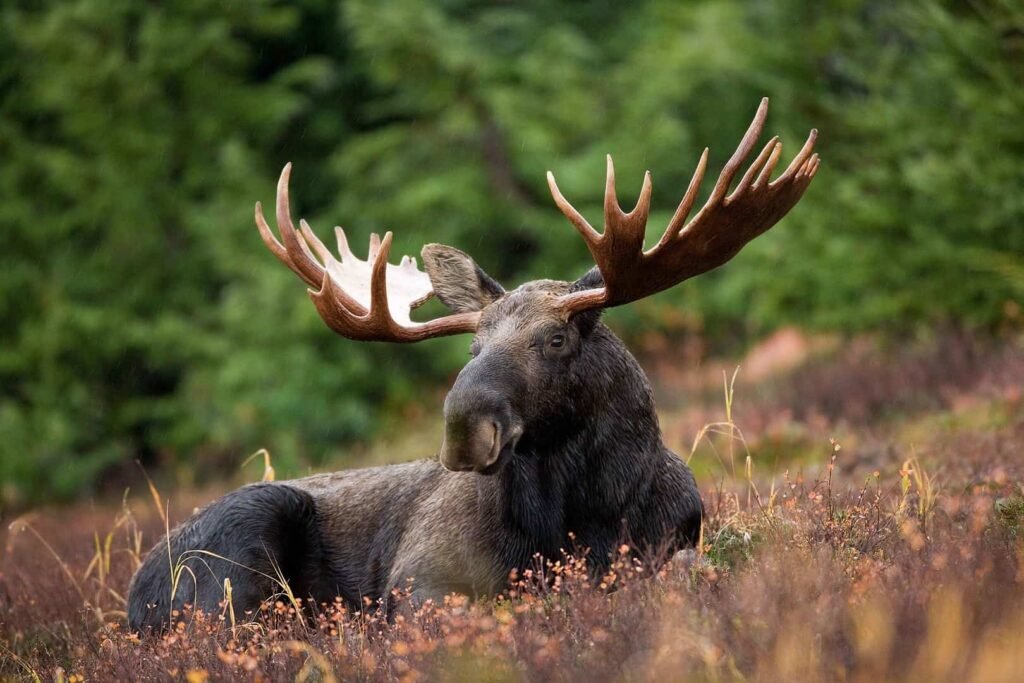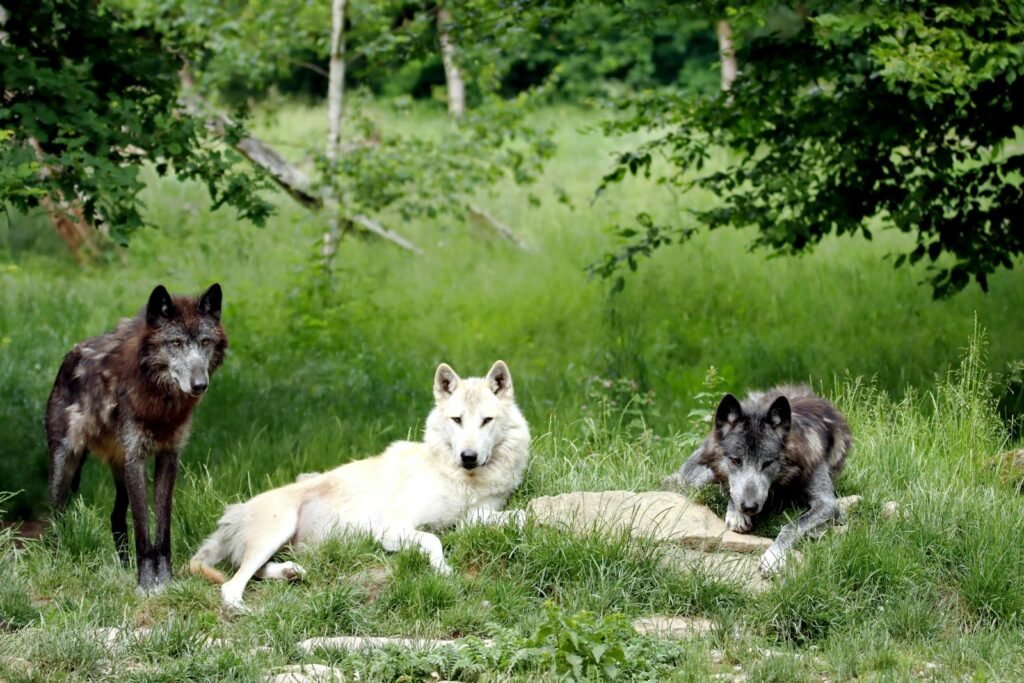Imagine stepping outside your front door one crisp morning, only to find a towering moose calmly munching on your rose bushes. It’s not a scene from a remote Alaskan forest—this is happening in suburban neighborhoods across North America. Once a rare and magical sight, moose sightings in residential areas are now becoming alarmingly common, leaving residents both awestruck and anxious. As these majestic giants wander through playgrounds and cross busy roads, they bring with them a surprising and sometimes dangerous set of challenges. The story of how these woodland wanderers became suburban visitors is as complex as it is captivating—let’s explore why moose are emerging as an unexpected public safety problem right in our own backyards.
The Growing Moose Population: A Surprising Surge
Over the past few decades, moose populations in certain regions have been quietly booming. Factors such as milder winters and fewer natural predators have allowed more calves to survive into adulthood. As their numbers swell, moose are forced to expand their range in search of food and territory. This population pressure nudges them closer to human settlements, where they often find easy pickings in gardens and parks. The sheer size of an adult moose—standing up to seven feet tall at the shoulder—makes even a single animal an imposing presence in any neighborhood. Their increasing encounters with people are no longer a rare spectacle, but a part of daily life in many suburban areas.
Why Are Moose Moving Into Suburbs?
Urban sprawl and habitat fragmentation are two major reasons moose are venturing into the suburbs. As cities expand, forests shrink and become patchy, breaking up the moose’s traditional range. These animals are highly adaptable and resourceful, able to navigate roads, fences, and even backyards in search of food. During harsh winters, suburban areas often provide a buffet of shrubs, ornamental trees, and leftover garden produce. Unlike deer, which are common suburban visitors, moose require large quantities of woody plants, making residential landscaping an irresistible draw. Their migration into human-dominated spaces is not just about survival—it’s a direct response to the changing landscape around them.
Moose and Traffic: A Deadly Intersection
One of the most dangerous consequences of moose entering suburban areas is the risk of vehicle collisions. Moose are massive, often weighing between 800 and 1,500 pounds, and their long legs position their bodies at windshield height. When a car strikes a moose, the impact can be catastrophic for both the animal and the occupants of the vehicle. In some regions, moose-vehicle collisions have become a leading cause of traffic fatalities and injuries. These accidents are particularly common at dawn and dusk, when moose are most active and visibility is low. Bright warning signs and wildlife crossings help, but the sheer unpredictability of moose movement makes complete prevention nearly impossible.
Unpredictable Behavior: Why Moose Can Be Dangerous
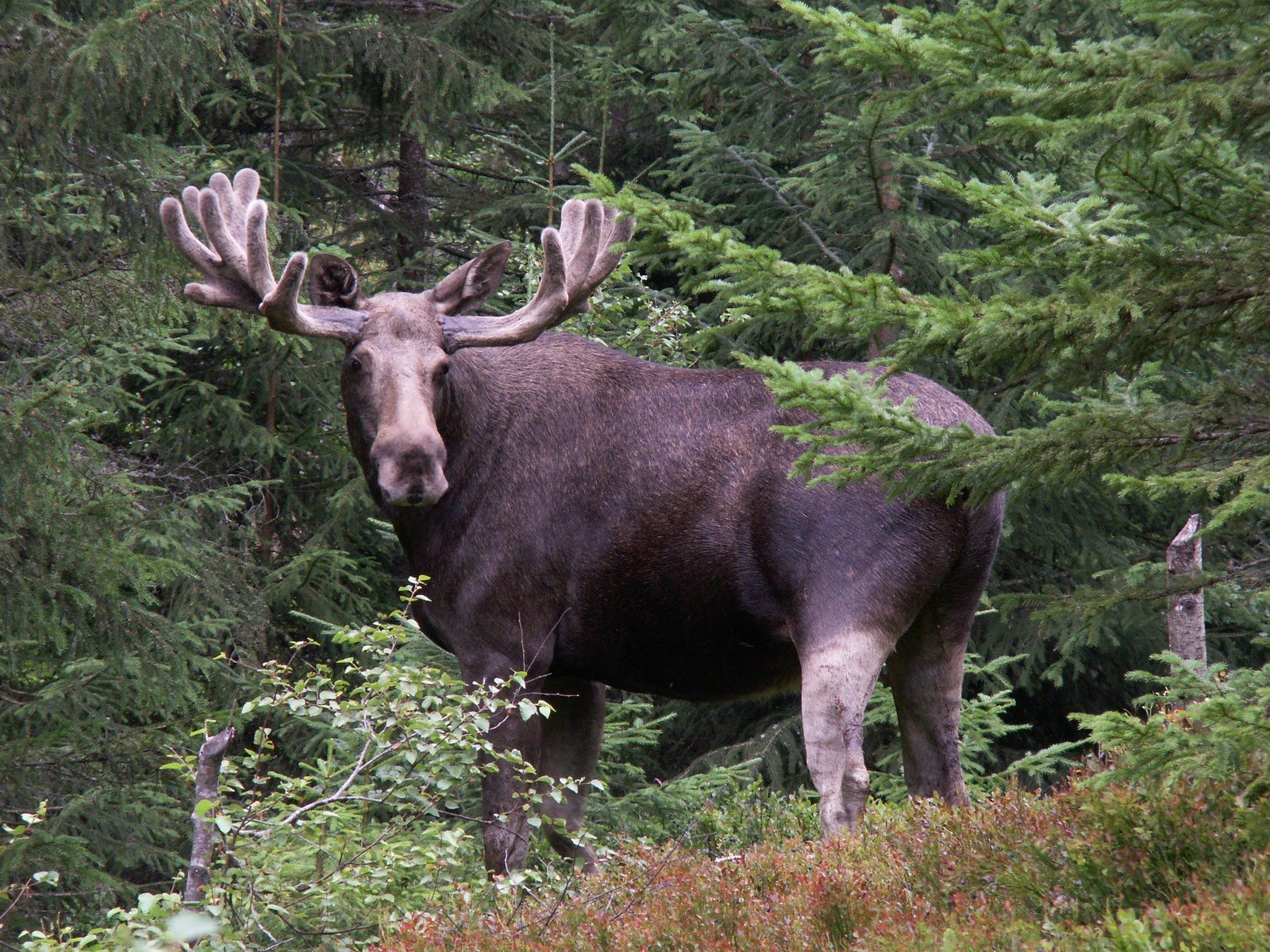
Despite their calm appearance, moose are wild animals and can behave unpredictably, especially if they feel threatened or cornered. During the fall mating season, bulls become more aggressive and may charge at people, pets, or vehicles. In spring, protective mothers with calves are particularly dangerous and may attack if approached. There have been reports of moose trampling dogs, damaging cars, or even breaking into fenced yards in a panic. Unlike bears or coyotes, moose are not typically deterred by loud noises or human presence, which adds an extra layer of risk for unsuspecting suburbanites.
Food Sources: How Suburbs Feed Moose
Suburban neighborhoods unintentionally offer a smorgasbord for hungry moose. Ornamental trees like willows, maples, and fruit trees are all favorites. In winter, when food in the wild is scarce, these nutritious snacks can lure moose right up to front doors. Compost piles, vegetable gardens, and even bird feeders become part of their diet. Residents are often surprised to wake up and find their carefully tended landscaping stripped bare overnight. This easy access to food not only encourages moose to linger but also increases the likelihood of repeated visits and bolder behavior.
Human Encounters: Awe and Anxiety
Seeing a moose up close can be a breathtaking experience, but it’s often tinged with fear and uncertainty. Children at bus stops, joggers on neighborhood trails, and families enjoying parks may suddenly find themselves face-to-face with these giants. Emergency services receive calls about moose trapped in swimming pools or wandering through schoolyards. While such sightings can be thrilling, they also prompt concerns about safety. Most people aren’t prepared for how to react, and panic can escalate a situation quickly. The emotional mix of fascination and worry reflects the complex relationship between humans and these wild neighbors.
Ecological Shifts: Climate Change and Its Role
Climate change is playing a subtle yet powerful role in this suburban moose saga. Warmer winters mean less snow, which makes it easier for moose to move around and access urban areas. At the same time, some traditional food sources in the wild are becoming scarcer or shifting northward. This combination pushes moose to seek out new territories, including suburbs with lush landscaping. In some places, ticks and parasites are also less of a problem due to milder temperatures, further boosting moose survival rates. These ecological shifts highlight just how intertwined human activity and wildlife movement have become.
Public Health Concerns: Beyond the Obvious
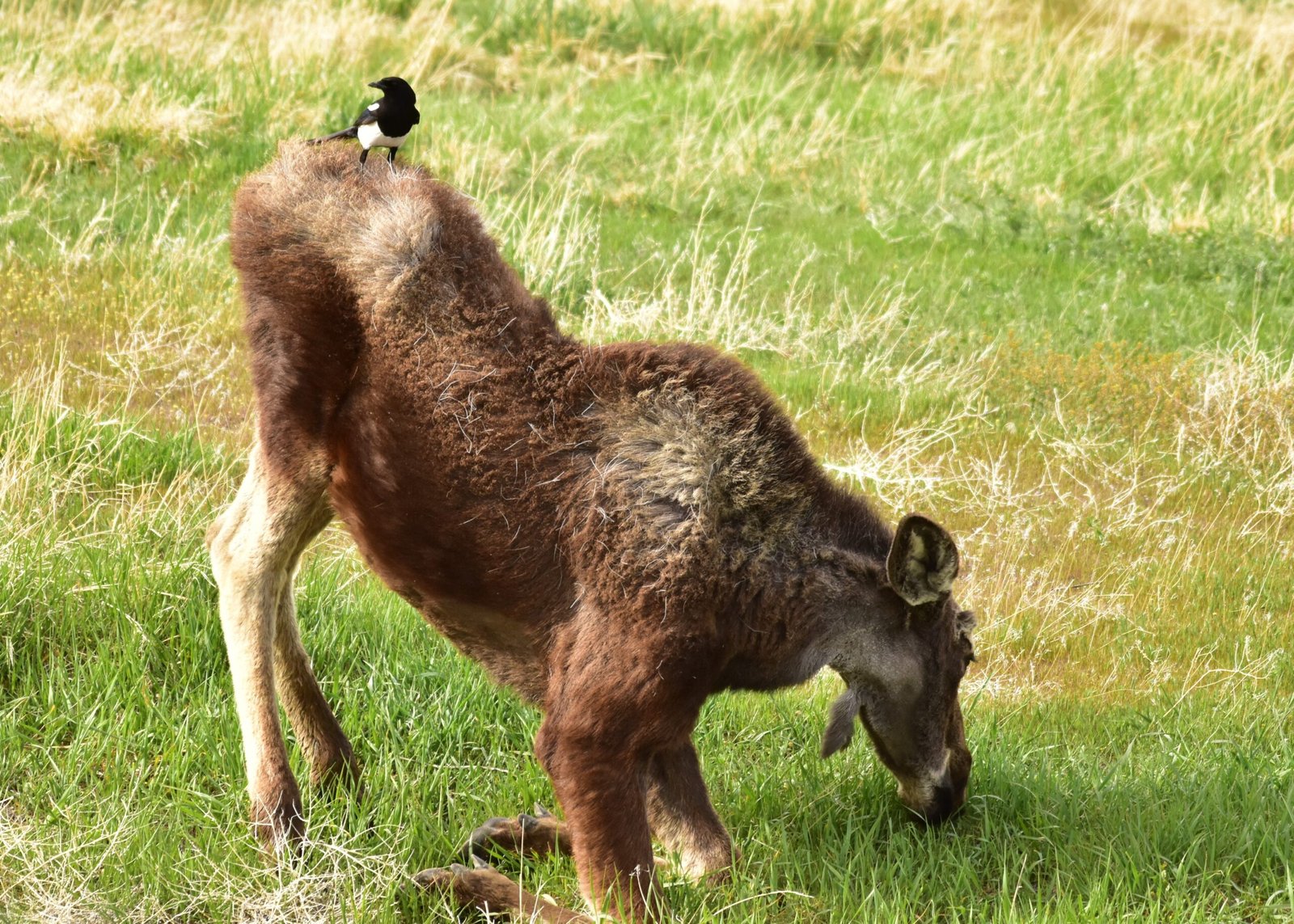
Moose don’t just pose a risk as traffic hazards or aggressive animals; they can also carry diseases and parasites that affect both people and pets. For example, moose can be hosts for ticks that spread Lyme disease and other illnesses. They may also transmit parasites to local deer and livestock populations, with ripple effects on public health and agriculture. Additionally, moose droppings left in parks and playgrounds raise sanitation concerns, especially for young children. These less visible dangers add another layer of urgency to the issue of moose in suburban environments.
Managing Moose: Community Responses
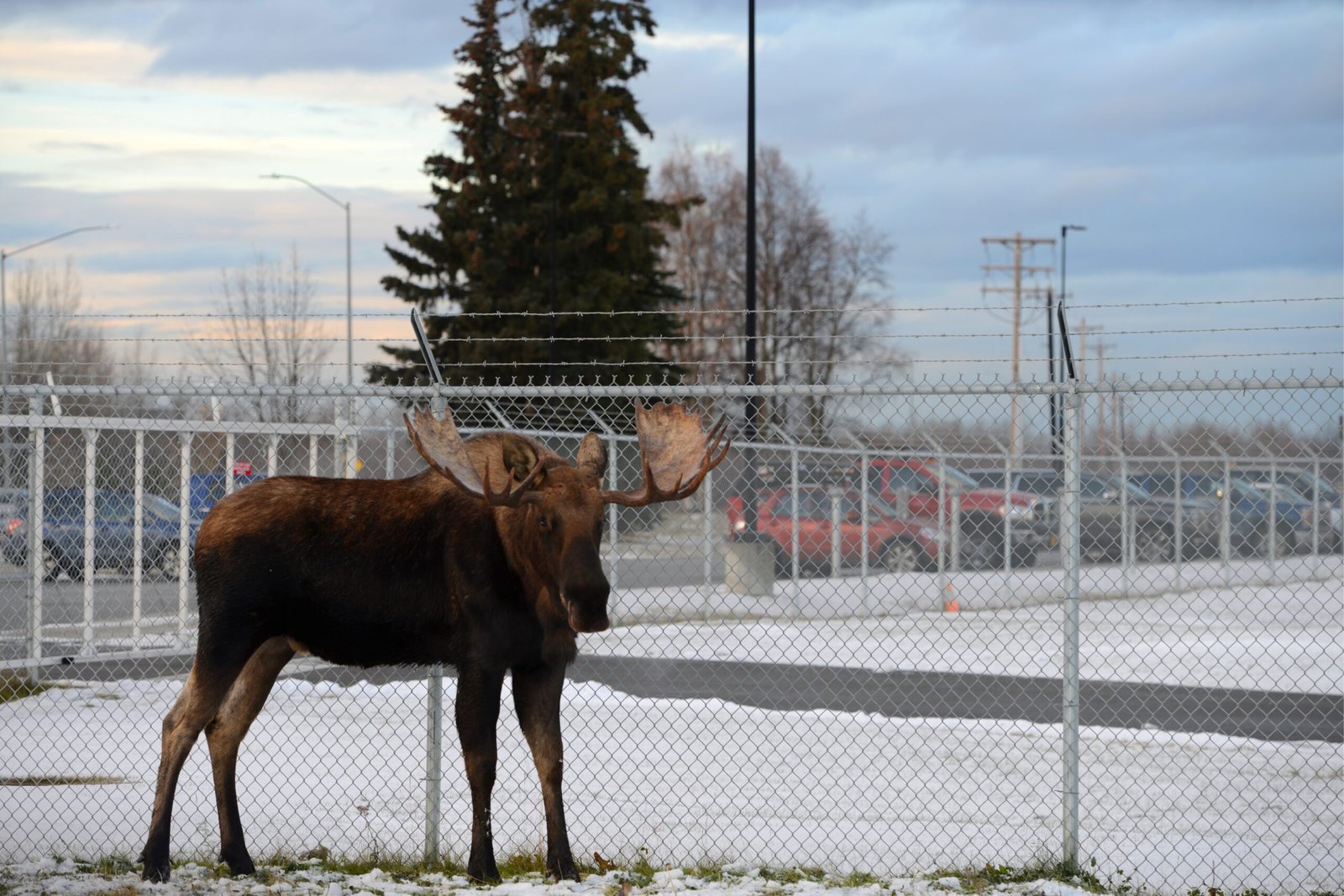
Communities facing frequent moose visits are developing creative ways to manage the problem. Some towns install tall fencing or use special repellents to protect gardens and public spaces. Wildlife officials may attempt to relocate particularly problematic animals, although this is expensive and doesn’t always work. Public education campaigns teach residents how to avoid attracting moose and how to react if they encounter one. Despite these efforts, the challenge persists, as moose continue to adapt and find new ways to thrive in city settings. The balance between safety and coexistence is delicate and ongoing.
What Can Homeowners Do?
Homeowners play a crucial role in reducing moose-human conflicts. Simple steps like using moose-resistant plants, securing compost bins, and removing fallen fruit can make yards less appealing. Keeping pets on leashes and supervising children outdoors are also important precautions. If a moose is spotted nearby, it’s best to give it plenty of space and avoid any attempts to approach or scare it away. Community cooperation and vigilance are key—working together, neighborhoods can help make their spaces safer for both people and wildlife.
The Future of Moose in Suburbia
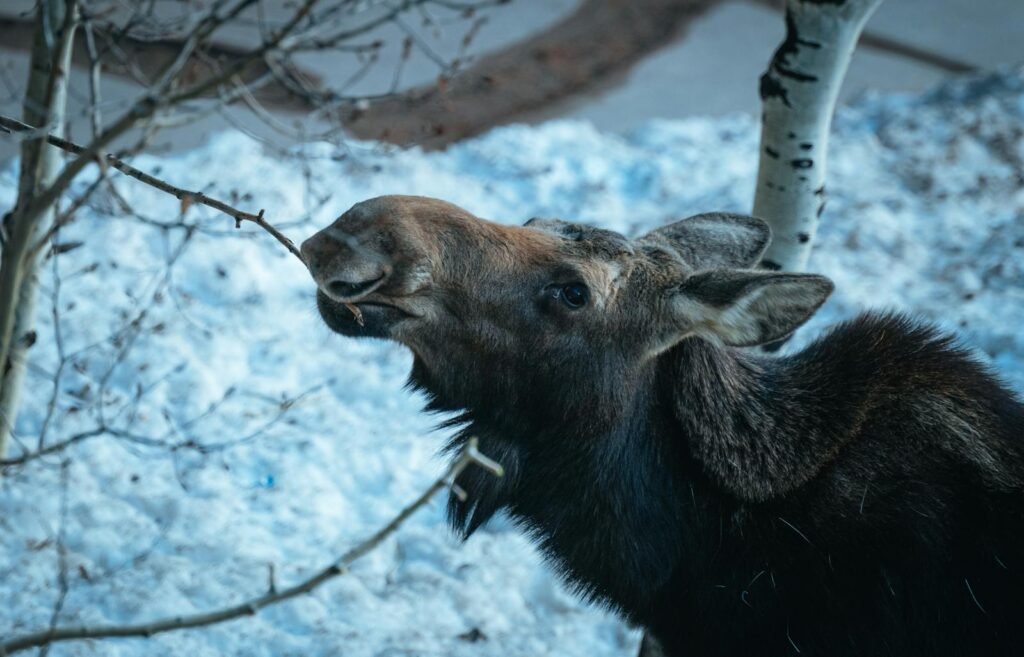
As suburbs continue to expand and natural habitats shrink, it’s likely that moose will remain a part of suburban life for the foreseeable future. Researchers are studying moose behavior and movement patterns to better predict and prevent conflicts. New technologies, such as wildlife tracking collars and motion-sensor alerts, offer hope for smarter coexistence. Ultimately, the presence of moose in our neighborhoods is a powerful reminder of the wild world just beyond our doorsteps—and the need to protect both ourselves and these extraordinary animals as our lives become ever more interconnected.

